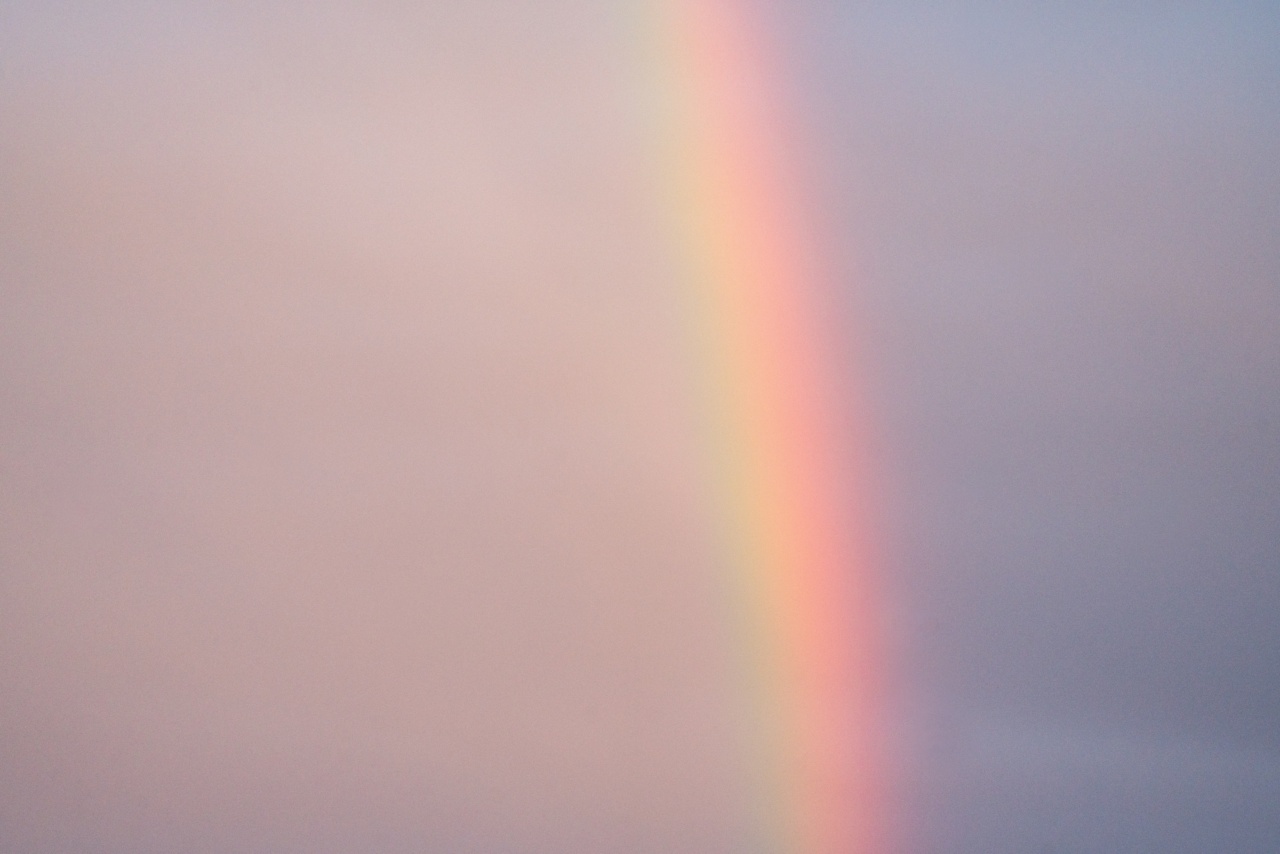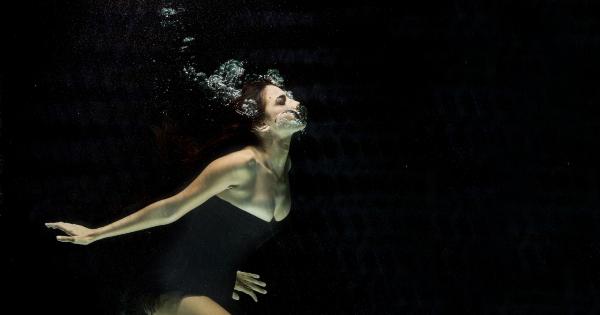Colors have the remarkable ability to evoke various emotions and stir intense feelings within us. From vibrant reds to calming blues, each color possesses a unique power to influence our moods, behaviors, and perceptions.
Let’s delve into the world of colors and explore the ten hues that have a profound impact on our emotions.
The Passionate Power of Red
Red, the color of fire and blood, is known for its ability to evoke intense emotions. It is associated with passion, love, energy, and strength. In many cultures, red symbolizes power and courage.
Being a color that commands attention, it can increase heart rate and raise blood pressure. However, red can also be perceived as aggressive and overwhelming, so it’s important to use it wisely.
The Energetic Vibes of Orange
Orange is a color that radiates warmth, positivity, and enthusiasm. It combines the energy of red and the happiness of yellow, making it a color that stimulates and motivates.
Often associated with creativity and adventure, orange can spark joy and excitement. It’s a great choice for businesses that want to create a lively and energetic atmosphere.
The Sunshine Effect of Yellow
Yellow, the color of sunshine, is known for its uplifting and cheerful nature. It is associated with happiness, positivity, and optimism. Yellow can stimulate mental activity, enhance concentration, and evoke feelings of joy and warmth.
It’s important to note that while yellow can boost mood, too much of it can lead to feelings of frustration or anxiety.
The Natural Serenity of Green
Green, the color of nature, symbolizes harmony, renewal, and balance. It has a calming and soothing effect on our emotions. Green is often associated with growth, health, and fertility.
Being in nature and surrounded by lush greenery can alleviate stress and promote relaxation. Green is also a color that represents stability, making it a great choice for brands associated with finance or health.
The Tranquil Power of Blue
Blue is a color that elicits feelings of tranquility, peace, and serenity. It has a calming effect on both the mind and body, reducing stress and anxiety. Blue is often associated with clarity, trust, and loyalty.
It has the power to slow down the heart rate and lower blood pressure. However, it’s crucial to strike a balance when using blue, as too much of it can create a sense of coldness or sadness.
The Majestic Allure of Purple
Purple, the color of royalty, is often associated with luxury, power, and creativity. It combines the stability of blue with the energy of red, creating a color that inspires elegance and sophistication.
Purple is also frequently linked to spirituality and mystery. However, it can be a polarizing color, with some people finding it too intense or overwhelming.
The Joyful Vibrancy of Pink
Pink, the color of femininity, tenderness, and compassion, evokes feelings of warmth and affection. It is often associated with love, nurturing, and innocence. Pink has a calming effect on our emotions and can create a sense of security.
It is known to reduce aggression and promote feelings of comfort and acceptance.
The Optimistic Radiance of Yellow-Green
Yellow-green, a color that combines the cheerfulness of yellow with the freshness of green, exudes optimism and hope. It is a color that represents growth, new beginnings, and renewal.
Yellow-green can stimulate creativity, enhance focus, and boost confidence. It is often associated with feelings of freshness and vitality.
The Bold and Dynamic Impact of Black
Black, the absence of light, is a color associated with power, mystery, and elegance. It is often regarded as a symbol of authority and sophistication. Black possesses the ability to create a sense of drama and intensity.
However, too much black can be overwhelming and may evoke feelings of emptiness or sadness.
The Pure Sophistication of White
White, the color of purity and innocence, signifies cleanliness, simplicity, and perfection. It has a calming effect and evokes feelings of peace and serenity. White is often associated with new beginnings and offers a sense of clarity and simplicity.
However, excessive use of white can create a sterile and cold environment.
Conclusion
Colors have the power to evoke intense feelings within us. Whether it’s the passionate red, energetic orange, or calming blue, each color possesses a unique ability to influence our emotions and shape our perceptions.
Understanding the psychological impact of colors can help us create environments that stimulate the desired emotional response. So, next time you choose a color for your branding, home decor, or even your wardrobe, consider the intense feelings it may stir.



























